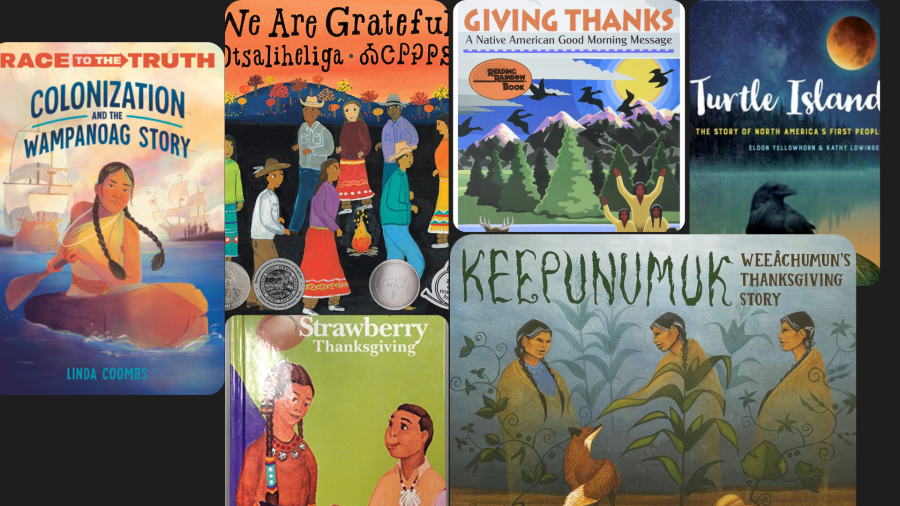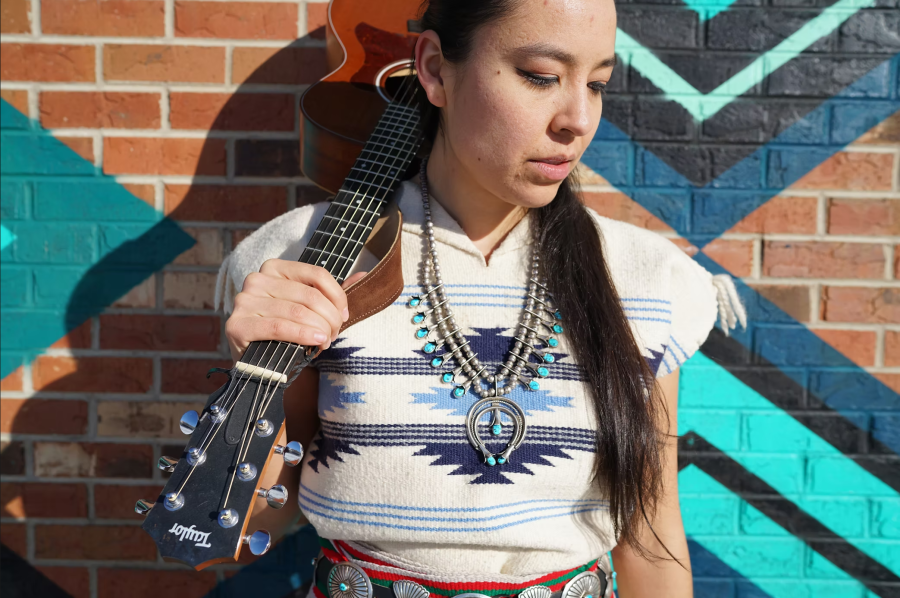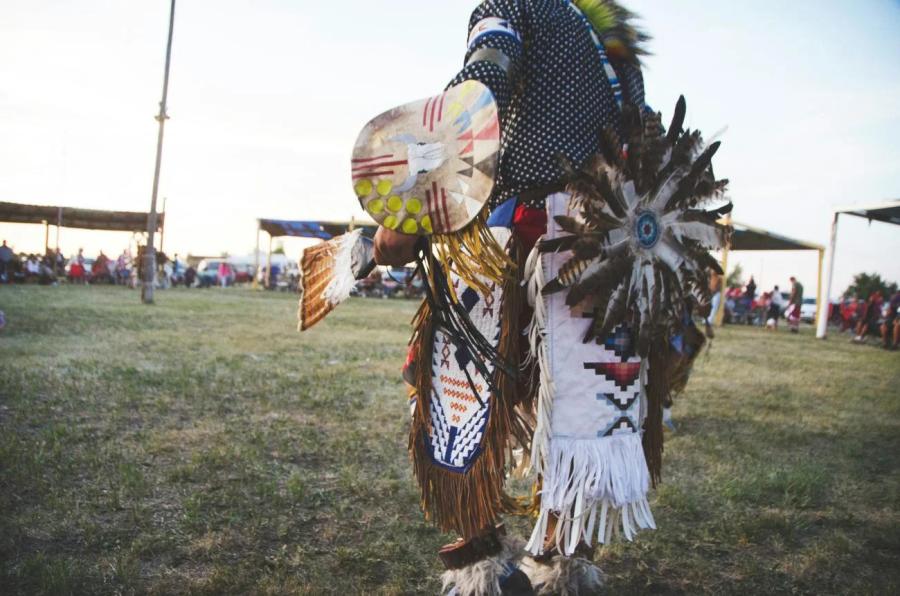Finders Keepers? Adulteration of Native American Cultures in the Name of. Profit
To this list of uses for Indians, Berkhofer could easily have added commercial marketing. Forbes Magazine quoted a judge of the 1991 Cannes Film Festival as saying, "[American Indians are] being used to sell everything from cars to chocolate all over the world." And as Michael Dorris, a Native American author and commentator notes, "In the ever popular noble/savage spectrum, red is the hot safe color." Indians sell everything, it seems. Indians' images and symbols are used to sell sports teams, sports gear, toys, margarine, air freshener, baking soda, incense, tobacco, malt liquor, automobiles, corn chips, rice, popcorn, dinner settings, carpets, soap, towels, pizza, and paper. The "Indian concept" sells, but what and why? And exactly what is an Indian? Understanding the answers to these questions is crucial to comprehending the problems "Indian labeling" causes for Native American communities and individuals. It is the "Indian" as owned and used by White society that adulterates and trivializes Native American cultures.
The "Indian" is not the Native american/First American. The Indian and the Native American have nothing to do with each other, except maybe constant exploitation by mainstream society. The main difference, however, is that the "Indian" is a figment of the White imagination and is completely manipulated by it, while the Native American is a member of a sovereign nation that has been severely neglected and disrespected by White actions and policies. This difference can be seen in the fact that while the average non-native American citizen knows about war paint, rain dances, and war whoops, he or she knows very little, it anything at all, about Native American cultures and politics.
Why create the Indian? The "Indian" is a flexible notion capable of being whatever the White world wants or does not want. The "Indian" can be a Noble or a Savage. Indians can be evil incarnate, scalping and torturing innocents, or they can be the pure-hearted environmentalists saving the forests and weeping over urban pollution. "Indians" can be anything and everything White policies want them to be. At this level of imaging, the Indian becomes a stereotype. Then, by manipulating and exploiting the stereotype. White society attempts to make "Indianness" part of the mainstream culture, thereby, validating the appropriation of Native land and resources. By making Native American cultures more of what White society wants, by making them "Indian" and simulating the Indian into the mainstream. Whites begin to take care of the "Indian problem." The more the Indian is like the White and the White like the Indian, the less the White has to feel guilty for. By dealing in stereotype. White society does not have to confront the reality of broken treaties and stolen lands. Historically, the White imagination created an Indian which suited the purposes of justifying land theft, war, starvation, and massacres. Because the Red Savage, the drunken heathen, the lazy good-for-nothing is contrary to the manifest destiny of the Great American Way, Americans were right in their policies toward Native Americans of war, assimilation and termination.
Perhaps it could be argued that White society has moved away from the manipulation of the Indian images as "Savage," but it has not removed itself from culture-destroying policies and practices. Instead of outwardly forcing assimilation upon Native Americans, White society slowly began its "conversion" to Indian ways. Some say this conversion began when White society realized the effects industrialization had on it: but no matter when this turn of events began, it is now in full swing. From the "crying, environmentalist Indian" of the 1970s to the present day "Health Food Indian," White society is turning red and "spiritual" "healthy," and "environmental" consumers are buying into it. Today the consumer can eat, drink, and dress "Indian." For breakfast one can eat Blue Corn Flakes and drink water from the North Country. One can wear Cherokee clothing, Seneca socks and Apache boots. During the day this consumer can drink native teas and snack on Hopi Blue Popcorn or pemmican (natural or carob-cocoa). To be "naturally" clean, one can shampoo with Native American Naturals and bathe with Zuni soaps. For one's head cold he or she can take medicines from Turtle Island. One can drive a Chief Grand Cherokee or Pontiac to and from work. And one's home can be decorated in Southwestern accents and Mohawk carpets. In short, the consumer does not have to be born into a Native American clan or "tribe"; he or she can just buy one. This "purchase" is not all that far from the assimilation policies of the "frontier" days. As Ward Churchill writes in his book, Fantasies of the Master Race,
"...members of the dominant culture are unable to retain their sense of distance and separation from what they dominate. Instead over a period of generations, they increasingly develop direct ties to the "new land" and, consequently, exhibit an ever-increasing tendency to proclaim themselves "natives." This, of course, equates to a quite literal negation of the very essence and existence of those who are truly indigenous to the colonized locales ... It is genocide of an extremely sophisticated type, to be sure, but it is genocide nonetheless.
This process of genocide assumes the form the appropriation of the identity of the colonized by the colonizer."
These racist and misleading marketing and consumption practices cause great harm to the viability of Native American communities by denigrating true Native cultures. It has been argued that logos and labels such as the Yahoo Indian, the Washington Redskins, the Crazy Horse Malt Liquor Label and the Wild Injun "honor" Native Americans for their bravery and nobility. "Honor" here is based on aspects White society wishes to emulate or copy.
Many aspects of Native American culture have been appropriated over the years and turned into commodities to help sell products in the marketplace. These products range from running shoes to cars...Indians heroes like Pontiac, Indian artifacts like totem poles, Indian attitudes like the stoicism of the cigar-store Indian have all been invoked. Products are linked to the Indian in the expectation that some supposedly Native virtues will rub off.
What, then, is the "Wild Injun" logo supposed to mean in terms of America in the 1990's? Here is a blatant racist representation of the American Indian. Wild Injun Products goes beyond all bounds of propriety with its name and logo. Would any company today be allowed to call itself Dumb Nigger Products and to sue a wide-eyed, big-lipped Uncle Tom as its logo? The answer is a resounding "No," yet little attention has been paid to the stereotypes "Indian labels" further. The Wild Injun logo means that Native American cultures come in a distant second to "good, clean Indian fun." In effect, by claiming the racist Indian image as its own, White society "chooses to make a running joke of its victims [thereby] embalm[ing] its con-science and its obligations..."
In addition to the blatant racism involved with many of these label/images, most of these labels also involve misleading representations that deny Native American cultures as they exist today. Aside from the overt racism such labels as Wild Injun exhibits, there is also a more subtle undermining of Native American cultures by the marketing of their cultures and religious practices. Would an American company market Eucharist Host Cookies "dedicated to the Roman Catholic who believed the Eucharist to be a sacred gift from their God?" Would it occur to anyone to put a picture of Jesus Christ on the cross on a bag of cookies? Yet the bag for Bearitos Blue Corn Chips explains that these snacking chips "are dedicated to the Pueblo Indians who believed this blue corn to be a sacred gift from the Kachinas, their gods..." This bag also shows a simplified image of one of the Kachinas. The Hopi Blue Popcorn label states: "[t]hroughout the Americas his corn was grown by native Americans, particularly by Pueblo tribes ... Blue corn was not only a staple food, but almost a sacred food, being an integral part of the Hopi religion." These labels put Native American beliefs into the past and create the impression that either traditional religious beliefs. In fact, blue corn, in all its varieties, still has ceremonial and subsistence uses for the Hopi, the Dine' (the Navjo), and the Zuni Pueblo, among others. The commercial use of Native American spiritual beliefs have major impact on Native American cultures; these practices deny the very existence of traditional Native American beliefs as valid ways of life today. They do not foster acceptance of Native American lifestyle - they trivialize them.
A society that can only "see" a people as Indian Maidens or wild warriors cannot understand, much less defend, the rights of its indigenous people. The trivialization of Native American cultures virtually destroys any opportunity for the sovereign governmental relationships Native Nations should have with the United States government. If federal, state and local governments and their constituents do not treat Native Nations as sovereign governmental bodies, they deny these Nations their full inherent sovereign right they need to develop culturally, politically, and economically. To begin to recognize the inherently sovereign rights (and their resulting cultures) of Native American Nations, White society must put an end to the Indian Images, labels, and logos in advertising. As Daniel Francis states in his book. The Imaginary Indian, "The advertising image is based upon stereotypes of the Imaginary Indian already abroad in the culture. In turn, advertising reinforces the stereotype by feeding it back into the mainstream culture in a self-repeating loop."
To stop Indian-imaging, companies and consumers need to reorient themselves and become involved in the issue. Companies guilty of "Indian labeling" should ask themselves: Would Native Americans allow themselves to be depicted in such a way, if at all, on any specific product? Advertisers and marketers do not promote their products with depictions of mammies, pickaninnies, or bucks, so why do they feel free to sell products with squaws, chiefs, and wild injuns? Aside from the simply racist advertising practices, many companies also products are made by Native Americans, or that Native tribes benefit from the sale of their products. At a time when many Native Americans are trying to sell products based on their traditional foods and goods, these levels confuse consumers and unfairly block Native American access to the lucrative markets in which consumers are willing to pay more for authentic, Native American whole foods and traditional arts. "Indian" labels undercut Native American efforts to raise tribal standards, an effort critical to their cultural survival. Public opinion and behavior are key to solving the problem. Research consumers are attracted and influenced by the images the labels create in their minds. Consumers must learn of the insulting effects these "Indian images" have on Native American cultures. If consumers reverse their buying patterns and buy products that are truly Native American, the non-native companies will be forced to re-market their products under more conscionable practices and society as a whole will no longer denigrate Native cultures through commercialism.
Despite its record of human right violation against Native Americans, the American public remained fascinated with its own image of the Indian. American companies have capitalized on this fascination, recognizing the selling potential of the "Indian." Indian labels are used to sell everything from toys, jewelry, and tobacco to nonsensical associations with baking soda, butter, and household cleaners. These practices deny cultural respect to Native communities and perpetuate degrading stereotypes. The Indians shown on these labels are no defined by the Native Americans themselves; they are created by people who have little or no understanding of Native American communities. This lack of understanding leads to inaccurate and stereotypical images on products that have nothing to do with the people supposedly portrayed on the labels.
Native American nations are sovereign entities and should not be subjected to the racist idiosyncrasies of White society. "Far too many White still see an `Indian problem' rather than Native Americans with problems as a result of the long-time White image of the Indian." Mainstream society needs to educate themselves as to what Indian images are actually saying and doing. It is not enough for society to be sympathetic environmentalists or spiritualists. As Daniel Francis writes,
"Neither nostalgia nor sympathy per se is a substitute for knowledge ...; only an accurate understanding of cultural diversity and ethnographic detail combined with firsthand experience constitutes a true basis for the realistic depiction of Indian life. From this viewpoint, the countercultural use of the Indian does not equal a realistic portrayal but merely a reversal of judgment upon the standard stereotype."
The only way to promote and advance the inherent sovereignty rights of Native Americans is for society to do way with its preconceptions and conceptions. As Francis rightly notes, "Non-Native[s]...can hardly hope to work out a successful relationship with Native people who exist largely in fantasy."
Article copyright Cultural Survival, Inc.



